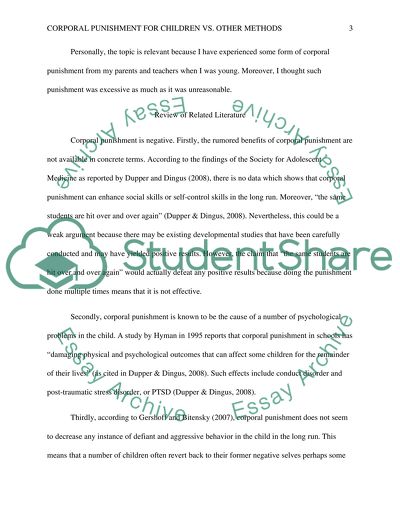Cite this document
(“Corporal Punishment for Children vs. Other Methods Research Paper”, n.d.)
Corporal Punishment for Children vs. Other Methods Research Paper. Retrieved from https://studentshare.org/psychology/1478912-child-development
Corporal Punishment for Children vs. Other Methods Research Paper. Retrieved from https://studentshare.org/psychology/1478912-child-development
(Corporal Punishment for Children Vs. Other Methods Research Paper)
Corporal Punishment for Children Vs. Other Methods Research Paper. https://studentshare.org/psychology/1478912-child-development.
Corporal Punishment for Children Vs. Other Methods Research Paper. https://studentshare.org/psychology/1478912-child-development.
“Corporal Punishment for Children Vs. Other Methods Research Paper”, n.d. https://studentshare.org/psychology/1478912-child-development.


